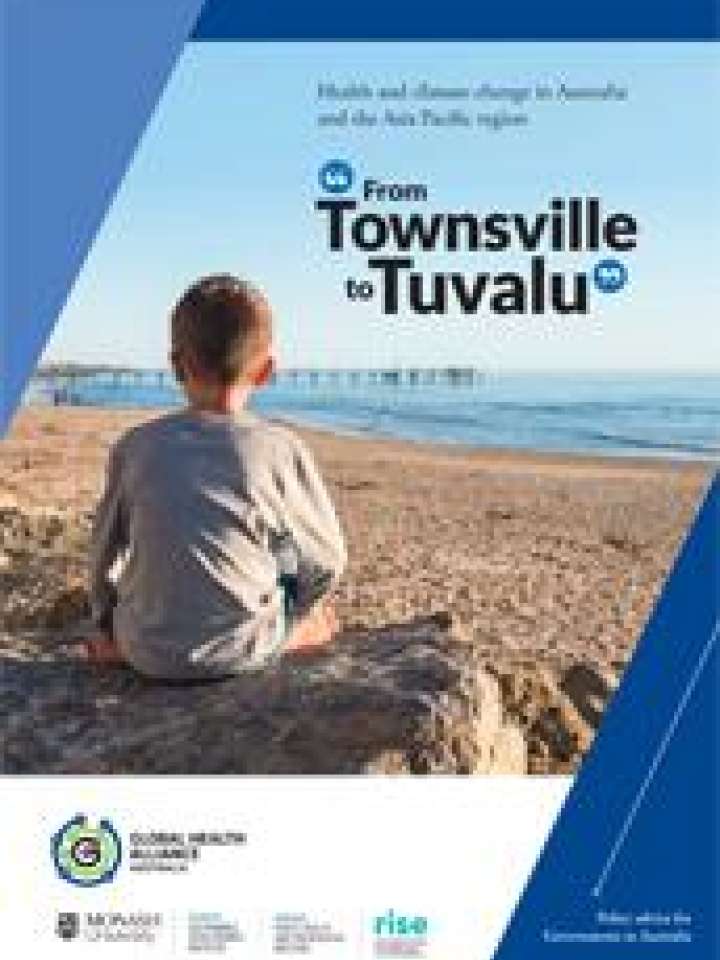Health and climate change in Australia and the Asia Pacific Region: From Townsville to Tuvalu
From Townsville to Tuvalu, from Nillumbik to the Northern Territory, impacts of climate change on health include potential for increased prevalence of many other conditions: heat illness, asthma, heart disease, anaemia, injuries, and other infectious diseases including diarrhoea. Many of our water sources will become undrinkable. Climate change has even been linked to depression.
In responding to the health impacts of climate change, Australian State and local governments can play a key role by investing in adaptation and mitigation responses that have co-benefits for human, animal and environmental health.
For example, improved housing design, orientation and ventilation will protect the health of people during heatwaves, reduce demand for energy and risk of blackouts, and also reduce the size of household energy bills. Investments in sustainable urban mass transit systems will enable active travel and improve population levels of physical activity, reduce toxic air pollution from motor vehicle use, and also reduce greenhouse emissions from urban transport.
The Australian Federal Government and its various departments can support adaptation investments that will help people in Australia to cope with the already known impacts of climate change on health and, at the same time, can also invest in renewable energy sources that will prevent as yet un-documented health impacts.
With support from Monash University, the Global Health Alliance Australia has developed this report as a platform for strengthening Australia’s response to the health impacts of climate change. Australia and near neighbours in the Asia Pacific region are highly vulnerable to climate change.
Explore further
